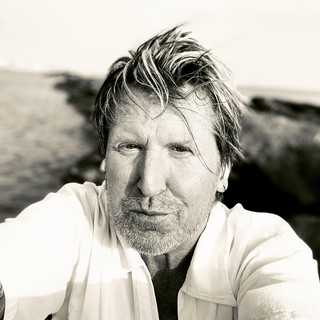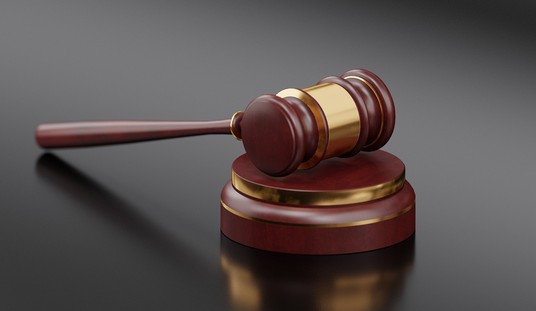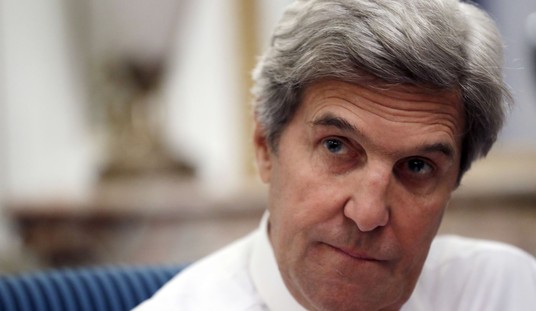The Warrior Within: Own Your Power to Serve, Fight, Protect and Heal (Penguin, August 2, 2022)
“Wellness” is certainly all the rage, and that’s entirely unsurprising considering the increasingly unwell times we find ourselves living in. Bookstore shelves, both real-life and virtual, overflow with self-improvement and motivational books, many of which I’ve found to essentially say the same things, just tweaked for different demographics, situations, and maladies.
The needles in this haystack are those works that are universally applicable and don’t need tweaking.
Comes D.J. Eagle Bear Vanas—a member of the Ottawa Tribe of Michigan, internationally sought-out speaker, and former U.S. Air Force officer—whose newest book, The Warrior Within, hit the shelves this week. Applying lessons drawn directly from tried-and-true Native American philosophy and tradition, Vanas has set out to advance “a new model for personal power in the face of overwhelming chaos.” He’s done well with that, producing a highly readable and relatable 256-page manual packed with lessons and tools that can be applied to both one’s personal and professional worlds. It’s a solid read, coming at an uncannily apt time, and certainly worth squeezing into your late-summer reading list.
I spoke with Vanas in mid-July, having just flown through an advance copy.
The Warrior Within is your second nonfiction book. I think you have a novel as well?
Yes. My first book, The Tiny Warrior, was also self-improvement using Native philosophy. My second was a novel called Spirit on the Run.
Right. So The Tiny Warrior was 2003. Very popular, has aged well. So why The Warrior Within and why now?
Great question. The Tiny Warrior was written as a parable about two main characters. A grandfather kind of steps his somewhat jaded son through a set of ideas based on Native wisdom. And the son finds very quickly in the book that these ideas are evergreen and have a direct impact on the world that we live in today. The Warrior Within is kind of like that but to the max. It’s kind of a distillation of these principles with a lot of vignettes and personal examples of other people using these principles to get great impacts in their life, but a lot more comprehensive.
And a lot more directed at a more typical self-help or wellness reader, maybe?
Oh yeah. And the people who are out there trying to impact somebody else’s life. The service providers, the frontline people who are trying to make the world a better place. Those in the tougher roles who can be helped by deeper thinking on the subject of the warrior spirit. I’ve always looked at my work as kind of providing for providers… strengthening those frontline warriors out there to do what they do best. I feel a lot of responsibility in that.
There’s a sentence in your introduction that took my breath away a little, and it’s been on my mind. And I just wanted you to riff on it a little bit: “We used to fight to preserve what we had. Now, the fight is to preserve who we are.”
Yeah. It’s heartbreaking and also inspiring in the same sentence because for so long, fighting has been to protect what we had in the form of our land base, our resources. But fighting to preserve and protect who we are—our culture, our values, our virtues, our ceremonies, our songs, our language, that’s where the frontline fight is today.
The heart of the book for me was the essay you share that you created for your daughters, “A Lesson from Nature.” You write, “Our elders have always said our best lessons can be drawn from nature and the outdoors is our greatest classroom.” Now, to my point earlier about answers to life’s mysteries staring us in the face. That’s it, isn’t it?
It really is. We reinvent so many things. We overcomplicate nearly everything. But sometimes, those simple answers and what we need to survive and thrive in this world are right in front of us, and we tend to look right past it. And that’s why our elders, they still teach that. Our true home, our true mother is outside on the land. It’s being part of the natural environment. And when we isolate ourselves from it, there’s a cost. So they always use those lessons to remind us of not only who we are but who we can become.
Sort of like proving the old adage, what you’ve been looking for has been right there all the time.
That’s it! And we don’t need to overcomplicate things. Yet we have.
Comparatively, there aren’t a lot of books by Native Americans in the wellness space. Why do you think that this is when the field has been so wide open seemingly for everybody with a wellness theory?
I think we tend to take the beauty of our culture and the principles that it teaches for granted, and we forget how special it is. And I think being one of the smallest population groups in America, too, we don’t have quite the voice that other populations have, so maybe our messages or our narrative gets lost in the shuffle. What matters is we’re finally able to express our own voice. I think that there’s a trend there, thankfully.
OK, close this out for us with a few parting words for your soon-to-be readers of The Warrior Within…
I wrote it with a benevolent spirit. I wanted to share; I wanted to impact and empower other people, Native or not. Accessible to anybody who’s out there trying to make the world a better place. I wanted to share strategies and tools that are timeless, that have been proven, by the way, in the worst of circumstances and still have deep relevancy today. And I hope that comes across in the reading.










Join the conversation as a VIP Member